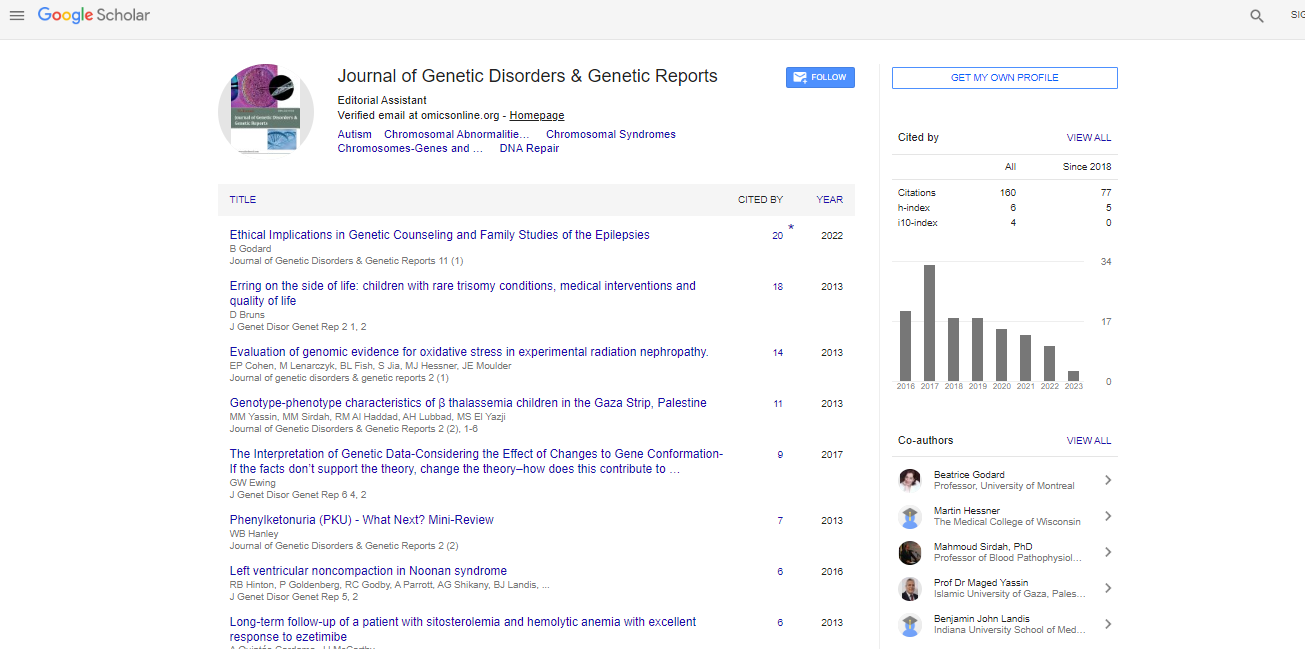Research Article, J Genet Disor Genet Rep Vol: 6 Issue: 3
Chlorpyrifos Resistance Characteristics of Culex pipiens (Diptera: Culicidae) from Northern Tunisia
Jaber Daaboub1,2, Ahmed Tabbabi1*, Ali Lamari1, Mohamed Feriani1, Chokri Boubaker1 and Hassen Ben Cheikh1
1Laboratory of Genetics, Faculty of Medicine of Monastir, Monastir University, Monastir-5019, Tunisia
2Department of Hygiene and Environmental Protection, Ministry of Public Health, Bab Saadoun, Tunis-1006, Tunisia
*Corresponding Author : Tabbabi A
Laboratory of Genetics, Faculty of Medicine of Monastir, Monastir University, Monastir-5019, Tunisia
Tel: +216-97 085 424
E-mail: tabbabiahmed@gmail.com
Received: May 22, 2017 Accepted: June 13, 2017 Published: June 20, 2017
Citation: Daaboub J, Tabbabi A, Lamari A, Feriani M, Boubaker C, et al. (2017) Chlorpyrifos Resistance Characteristics of Culex pipiens (Diptera: Culicidae) from Northern Tunisia. J Genet Disor Genet Rep 6:3. doi: 10.4172/2327-5790.1000161
Abstract
We collected four field populations of Culex pipiens larvae from Northern Tunisia to study their chlorpyrifos resistance characteristics. Assays were performed using ethanol solutions of chlorpyrifos and data were analyzed using a log-probit program. All samples were resistant to chlorpyrifos (RR>1, p<0.05) and a large variation in the tolerance to this insecticide was observed. The sample 3 (Northeast) was the most resistant with a level higher than 10,000-fold (RR50=43,174). The level of resistance was lower, not exceeding 5-fold in samples 1 (North West). CYP450, EST and/or GST enzymes accounted for only a small part of the observed resistances. Synergists tests confirmed biochemical study where four esterases were detected in studied samples with low and average frequencies (0.03%-0.68%). Moreover, the mortality due to propoxur was significantly correlated with the LC50 of chlorpyrifos (P<0.01) indicated an insensitive AChE 1.
 Spanish
Spanish  Chinese
Chinese  Russian
Russian  German
German  French
French  Japanese
Japanese  Portuguese
Portuguese  Hindi
Hindi 



